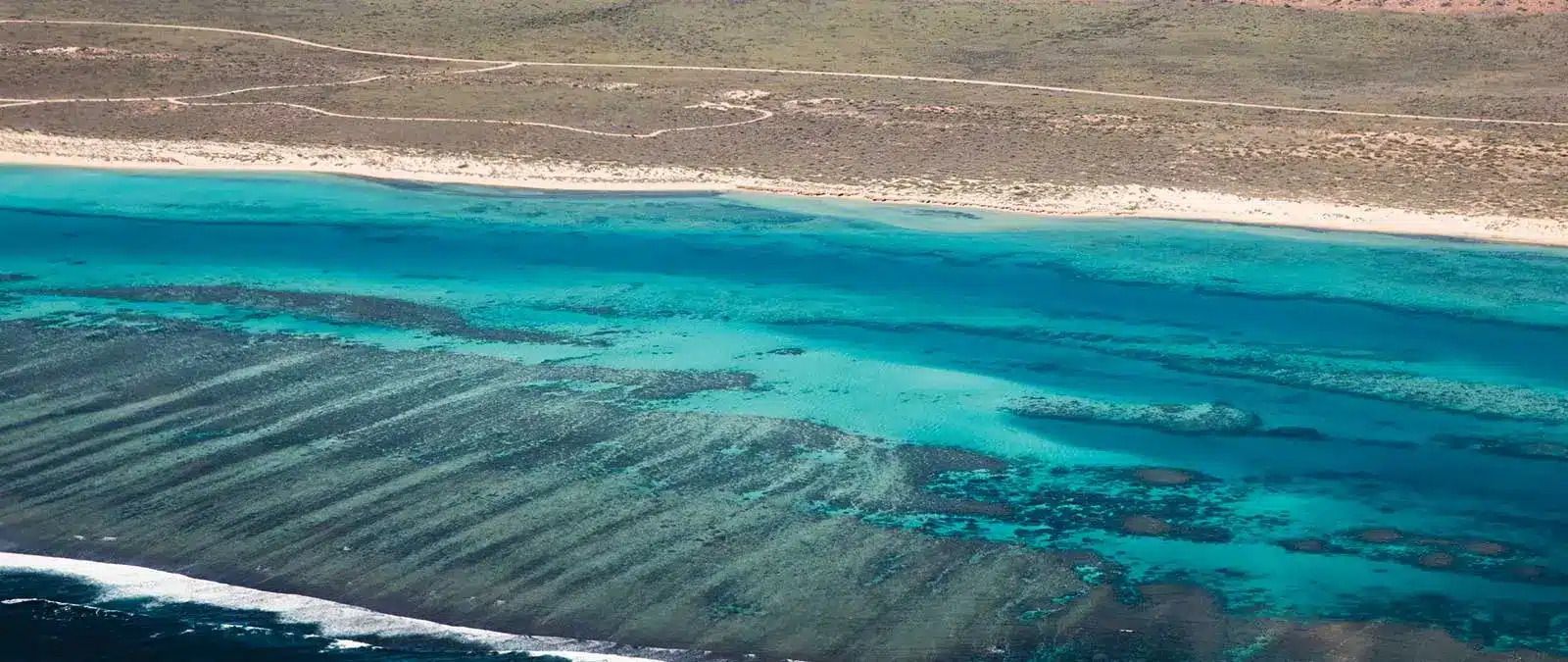We begin by recognising and acknowledging the traditional owners of this country and water around us and pay our respects to the Elders, past, present and emerging, for they hold the memories, the traditions and the culture of this land we meet on.
The Nyinggulu (Ningaloo) Coast is culturally significant to Aboriginal people, who have an ongoing connection to the area spanning between 30,000 to 60,000 years before present. The word “Nyinggulu” was recorded in the 1800’s and means deep water. Other suggested meanings include promontory.
The Nyinggulu Coast is a living cultural landscape and the Traditional Owners continue to uphold their binding responsibility to care for country. Many Aboriginal people have a cultural obligation to care for and protect country, which is an integral part of Aboriginal law and belief. This stems from a land-centred view of society, a deep understanding of the environment and the continuity of dream time stories that tells the story of the land.
The Baiyungu, Thalanyji and Yinigurdira were predominantly coastal dwelling people, they have strong connection to thanardi (sea) country relying on marine resources including majun (turtle), gawangga (egg), fish and shellfish. These people had sophisticated, coastally focused subsistence strategies and maintained an extensive trading network. Plants and animals from the ngarrari (land) and thanardi (sea) country of Nyinggulu have sustained traditional owners for thousands of years, providing them with food, water, medicine and trading goods.
Materials found in rock shelters, shell middens and caves on the Cape Range peninsula indicate that Aboriginal people lived on the Ningaloo coast for over 30 000 years, with some archaeologists suggesting this may in fact be closer to 60,000 years. These sites provide the earliest evidence for human decorative ornaments in Australia.
Aboriginal people left the Cape Range peninsula either before or shortly after European settlement, with the introduction of diseases by whalers and pearlers operating out of Exmouth Gulf and other aspects associated with colonisation. Over recent years some of the traditional people have returned to the area. The Baiyungu Aboriginal Corporation purchased and is managing Cardabia Station, near Coral Bay.
Hazel Walgar, a traditional owner has recently launched her Baiyungu Dreaming tag-along 4wd & sunset tours on Cardabia land in mid-2022, offering cultural experiences to visitors in the first Aboriginal owner-operator venture at Ningaloo.
The Nyinggulu Joint Management Team (of Traditional Owners and Parks & Wildlife Service in WA), has produced ‘Thanardinyungujarri – The Seasons of Nyinggulu’ and shared with the community in mid-2021. Read about the announcement here.
Links to further reading on local Indigenous culture;
National Indigenous Television
Parks & Wildlife Service
Ningaloo World Heritage Area Visitor Guide, including information about Nyinggulu Joint Management
Mayabula Smoking Ceremony – Traditional Owners and Parks and Wildlife staff attended a smoking ceremony to celebrate the launch of new marine park vessel, ‘Mayabula’, in Coral Bay.
Gwoonwardu Mia
Gwoonwardu Mia Gascoyne Aboriginal Heritage and Cultural Centre, is a multipurpose centre that celebrates the culture and country of the five Aboriginal language groups of the Gascoyne Region. Based in Carnarvon, the centre has worked with people from each of the local language groups to celebrate and share their stories and culture.
Nyinggulu Archaeology Project
ABC News: Ningaloo research to tell 60,000-year-old story as new technology uncovers deeper past


